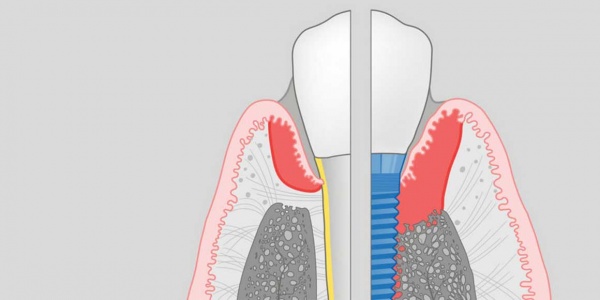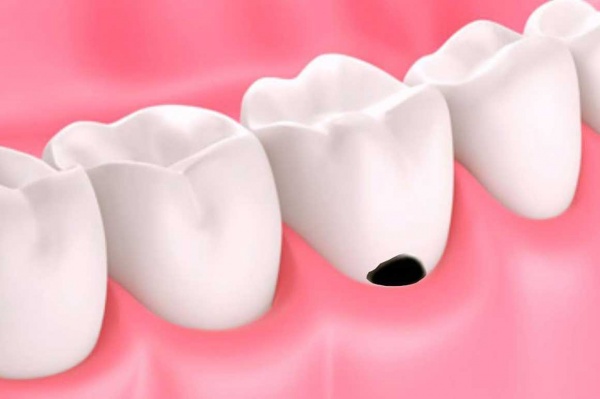Implantation is the only dental method for restoring the entire tooth, not just the top. Thanks to it, one or two missing teeth can be easily restored, as well as the entire dentition (upper, lower or both). A correctly performed implantation protocol will allow the patient to enjoy a healthy oral cavity for many years and forget about any defects associated with the absence of some teeth.
A dental implant is a high-quality structure made of safe and durable titanium, which easily takes root in soft and hard tissues, completely replacing a natural tooth. This procedure requires full-fledged correct preparation and strict adherence to the protocol. Patients who decide on implantation are interested in the question of how long the implants take root and what problems may arise after the procedure.
How long do implants take?
Dental implantation is a surgical procedure during which the doctor places an artificial implant in the jawbone. As with any other surgical operation, the body needs time to recover. Osseointegration (the process of implant survival) occurs as follows:
- Within 30 days after the implant is implanted, spongy substances begin to form around it, which later become bone tissue. At this time, the tissue around the dental implant is soft and loose, quite sensitive to any mechanical impact.
- After 2.5-3 months, the soft tissue around the implant is formed into a lamellar strong bone, which firmly holds the implanted implant. It is during this period that dentures can already be installed.
- Complete completion of the period of osseointegration occurs after 1.5 years.
It is important to know! Various factors influence the survival time of dental implants: proper adherence to the protocol, maintaining the period when the jaw bone tissue completely accepts the artificial root and begins to grow around it, providing it with a reliable and strong fixation.

Why don't implants take root?
It is no secret that there are cases when the body rejects the implant or it simply does not take root. Thanks to the use of constructions of well-known world brands and their correct installation, the survival rate is very high - in 98% of all cases. Some world famous manufacturers give 100% survival rate of their implants. At the same time, there is a risk of rejection of structures for various reasons:
- The patient's health status. It is very important to undergo a complete examination before the procedure and identify all possible contraindications to implantation. There are cases when the patient himself concealed his illness, thereby exposing himself to great risk.
- Proper preparation for surgery.
- Selection of implants. It is important to install high-quality constructions of those manufacturers who have been working on the market for a long time and have proven themselves well, have a large number of positive results. Inexpensive implants of dubious quality may be rejected as early as the first week after their implantation.
- Proper selection of implants for each patient individually.
- Strict adherence to subsequent care, especially in the first time after the procedure. To a greater extent, it is the patients who are to blame for the fact that the implants are rejected for the reason that they did not follow the recommendations of the doctors.
It is possible to determine that the implant does not take root already in the first few days. At this time, the patient has severe pain in the area of implantation of the structure, a high body temperature persists for several days. This is a normal phenomenon after surgery, which usually disappears after 5-7 days. If such indicators have not passed during this period, you should sound the alarm and seek help from a doctor - an implantologist who performed the implantation - as soon as possible.







